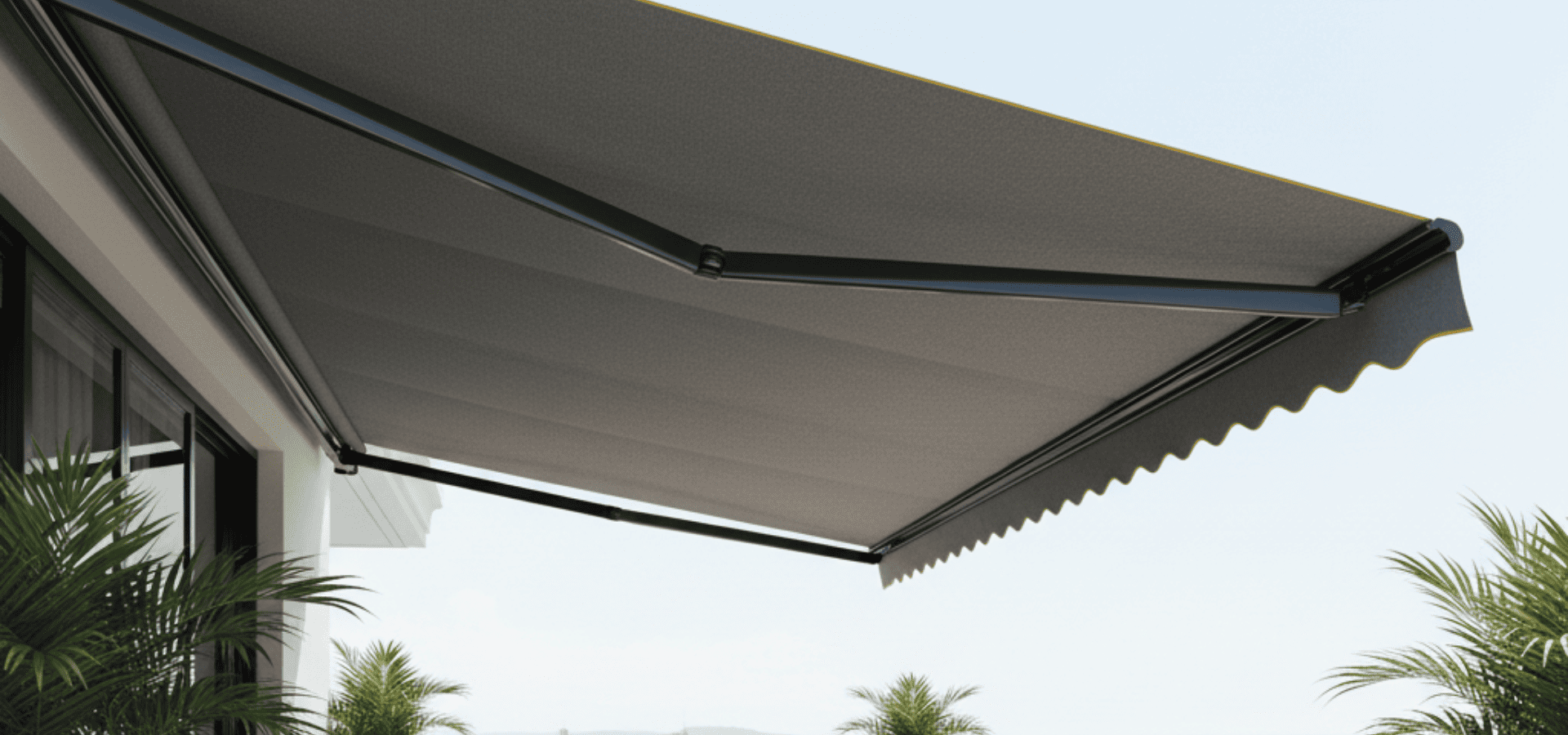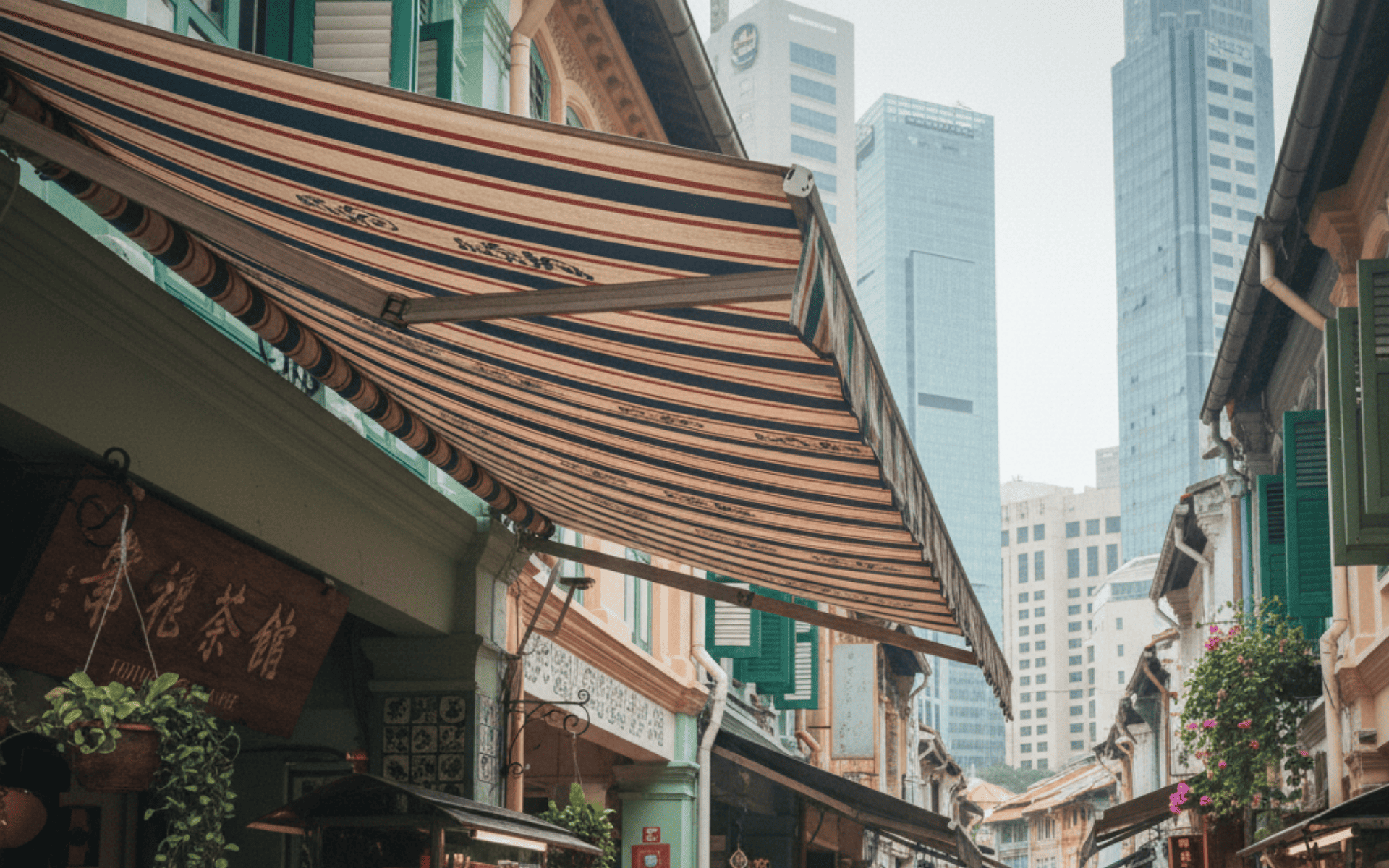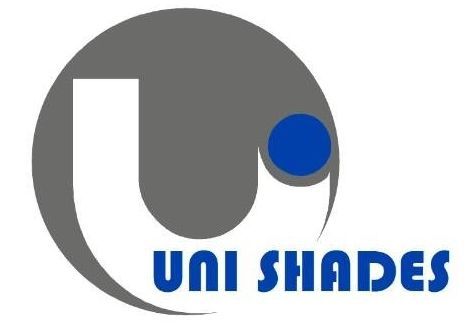Industrial Awnings Guide
There’s something deeply underrated about a good industrial awning.
It’s not flashy. It’s not sexy. It won’t be the installation that has your customers quietly sighing in awe…
…but it might just be the one that has them respecting your pragmatism.
Eye-candy aside, industrial awnings are one of those non-negotiable workhorse installations that transform a business’s platform. They’re no-nonsense, sure, but they also significantly improve how a business looks, functions, and saves money — all without demanding a round of applause. However, as with all substance-over-style selections, it’s crucial you know exactly what your space needs before you go committing to any upgrades.
So this guide walks through everything you actually need to know about industrial awnings. From types and materials to design choices, red tape, and what to avoid unless you like wasting money, it’s all in here!
Whether you’re shading a loading dock, sheltering a storefront, or keeping staff and customers dry on a rainy Tuesday, you might not always notice a big protective awning…
But you always notice a lack of one.
What Counts As An “Industrial” Awning?
Before we dive into brackets and fabric grades, let’s get one thing clear: industrial awnings aren’t just oversized versions of the ones you’d hang over a deck.
They’re designed for durability, weather resistance, and long-haul performance in commercial or high-traffic settings. You’ll often find them mounted in premises such as factories, retail centres, warehouses, cafés, distribution hubs, and vehicle bays. These are the places where people, goods, and equipment tend to cohabitate.
Put simply, if it’s an area zoned for commercial or business purposes, it’s probably got an industrial awning.
Industrial awnings can usually be identified by their:
- Larger spans or custom sizings
- Stronger structural materials (usually steel or aluminium)
- Higher load tolerances (for wind, rain, snow, or debris)
- And stricter compliance with commercial codes and planning regulations
But “industrial” doesn’t always have to mean clunky or oversized. Plenty of these awnings are clean and discreet. The type you get all depends on what you need it for.
Why Businesses Invest In Awnings
(Spoiler: it’s not just about shade!)
Let’s clear this up: an awning isn’t just there to keep pallets dry or staff from squinting in the sun. Awnings, and industrial awnings in particular, have a huge array of use cases.
And when done right they deliver serious value!
Energy Efficiency
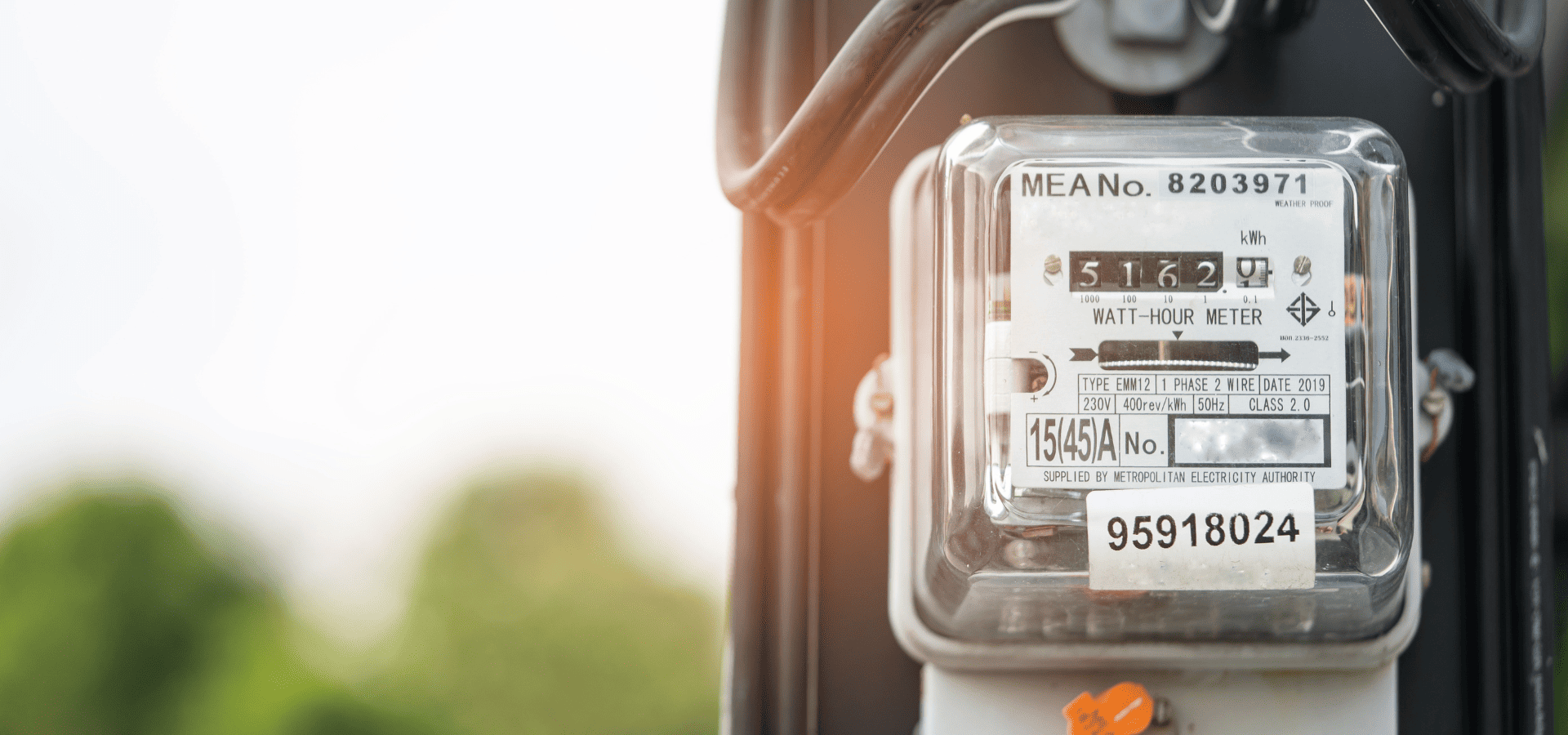
Awings boost a property’s livability on hot days! By reducing a building’s solar gain through windows and entry points, awnings help cool the interior.
Ultimately, this means lower air con use — and lower power bills — in muggy regions. Glass-heavy buildings or west-facing shopfronts, in particular, will see the biggest climate improvements.
Asset Protection
Sun damage… Rust… Stray rain… Damaged goods are… well… damaged goods. An industrial awning goes a long way in combating the elements.
From sun-faded stock to rust-prone equipment, weather exposure quietly eats into a business’s bottom line. Awnings act as a physical buffer between exposure and your bottom line. They keep your assets covered and in better nick for longer.
Safety and Accessibility
I think we’ve all encountered slick, slippery concrete and other tripping hazards. Nobody likes that moment where you’re heart and feet skip a beat in unison.
So install an industrial awning! Shaded, dry entryways reduce hazards, improve visibility, and keep high-traffic zones functional during bad weather. And safer sites mean fewer issues.
Don’t slip up on safety.
Brand Visibility
It’s also marketing 101! The more collaterals you have to slap your logo on, the better the visibility you get.
We’ve all seen local cafés with striped awnings and a logo you can spot half a block away. I mean, branding aside, just luring in meandering foot traffic with a very café-style awning is stock standard in the industry.
At that point, an industrial awning isn’t just a shelter — it’s sales.
Expanded Useable Space
And, of course, awnings extend your usable space. Need a smoking area, extra seating, a product display, or a waiting zone? Awnings let you stretch your footprint.
You can create a better indoor-outdoor flow. Or provide an area for dedicated services. Or just prepare for the next pandemic’s safety protocols!
All it takes is one good awning.
Types of Industrial Awnings
So now let’s talk good awnings!
Not all industrial awnings are built equal. The right choice of awning types depends on what you’re using it for, the weather you’ll face, and what you’re shielding from.
1. Fixed Frame Awnings
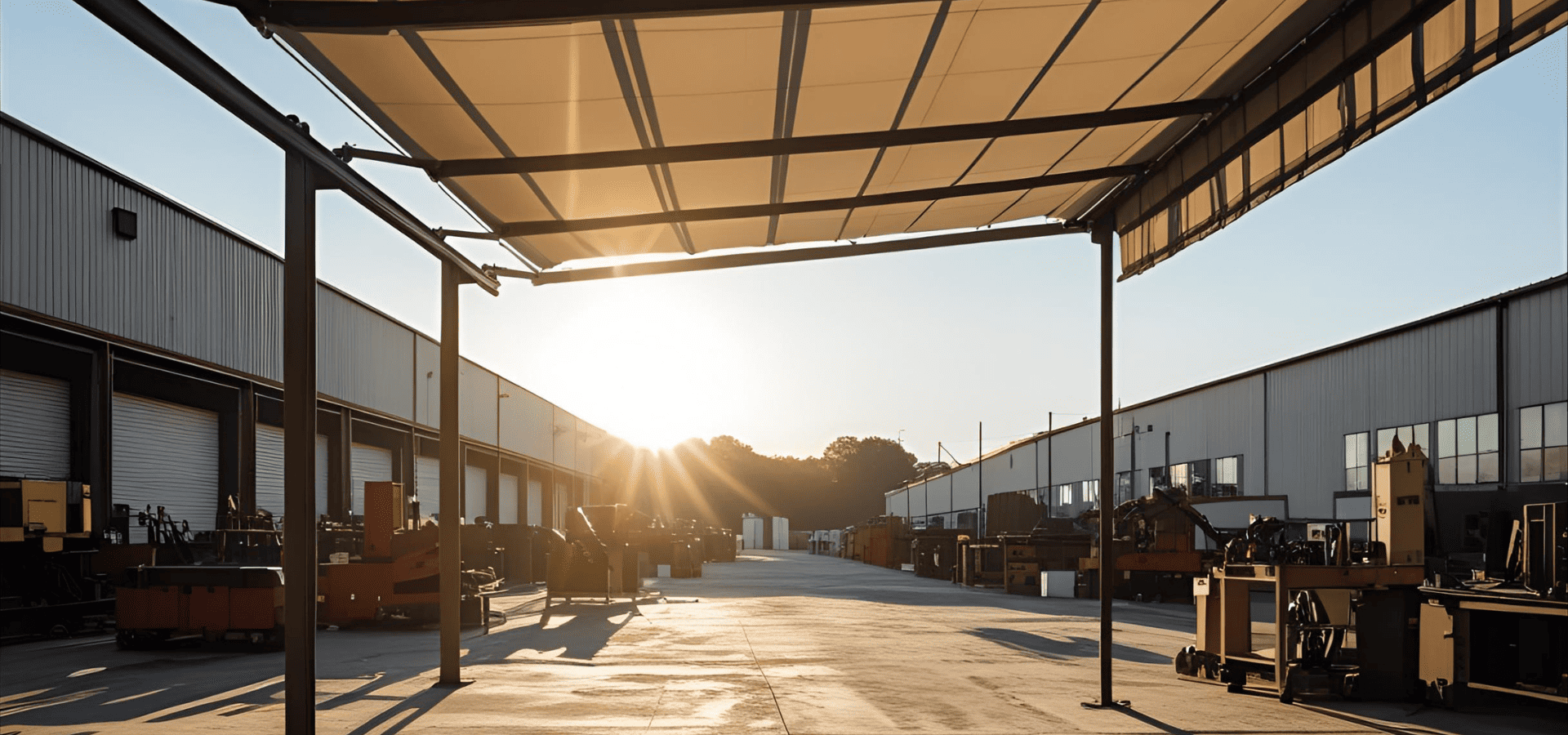
This is the classic choice. Fixed frame awnings are bolted or welded into place for permanent, all-season protection.
The pros of this awning type include being…
- Durable and low maintenance
- Engineered to meet high load specs
- Great for doors, docks, and windows
But they are fixed. That means you can’t adjust them and need to carefully plan their installation. Additionally, you’ll need to design a proper drainage system around their installation.
So, while they’re a great solution, fixed frame awnings are best used in spaces where you won’t need to adjust or retract the awning.
2. Retractable Awnings (Manual Or Motorised)
These are less common in heavy-duty settings overall, as the retractability reduces the brute resilience of the awning’s structure a bit. However, for cafés or storefronts needing flexible shade, retractable awnings are a great solution! Many come motorised, and with optional weather sensors for even easier use.
One massive pro of retractable awnings is that they provide on-demand shade only when you want it. And that means, provided you’re retracting it strategically, it’s easy to reduce weather-related wear and tear on your awning over time.
However, retractable awnings also cost more and require more maintenance in the long run. If a budget set-and-forget solution is more your preference, fixed frame awnings might be the better choice.
3. Canopy Systems
These are like freestanding shelters. Imagine gazebo-esque unattached awnings you’ve seen at places like petrol stations, vehicle loading areas, or outdoor work bays.
The pros of this setup are pretty clear:
- Almost complete flexibility with setup location
- A large area coverage
- The awning doesn’t have to attach to a building
- And the products are often modular
However, many will require serious footing for setup as well as higher-level planning and potentially even zoning permissions for installation. Consider this a heavy-duty solution for when traditional, attached awnings just won’t do.
4. Tensioned Fabric Structures
The ultimate! These architectural, high-performance setups are usually found at transport hubs or big venues.
They’re visually striking and equipped with serious high-tensile strength perfectly equipped for wild weather. But they’re also extremely expensive and often require custom builds to be commissioned.
Use this option only when the situation really calls for it.
Material Matters: What Industrial Awnings Are Made From
Now let’s discuss awning materials.
In this space, materials aren’t just about looks: they’re about lifespan, load capacity, and weather resistance. You’ll want to ensure you’re using the best possible material for both your awning’s frame as well as the awning cover itself.
For frame materials, we recommend:
- Aluminium: It’s lightweight, corrosion-resistant, and ideal for low to moderate demands.
- Steel (galvanised or powder-coated): This option is tough and stable, best suited for large spans and high-wind areas.
- Timber: While this is rare in industrial contexts, it’s sometimes used for aesthetic reasons in hospitality or retail.
As for fabric and covering materials:
- Acrylic Fabric: UV-resistant and waterproof, it’s good for branding.
- PVC-coated Polyester: This option is rugged, easy to clean, and highly weatherproof.
- Mesh/Shade Cloth: To allow airflow while blocking UV; it’s handy for heat-prone areas.
- Metal Sheeting (e.g. Colorbond): Great for fire-resistance and durability, but it’s less flexible for design work.
Sizing And Engineering: It’s Not A DIY Patio Job
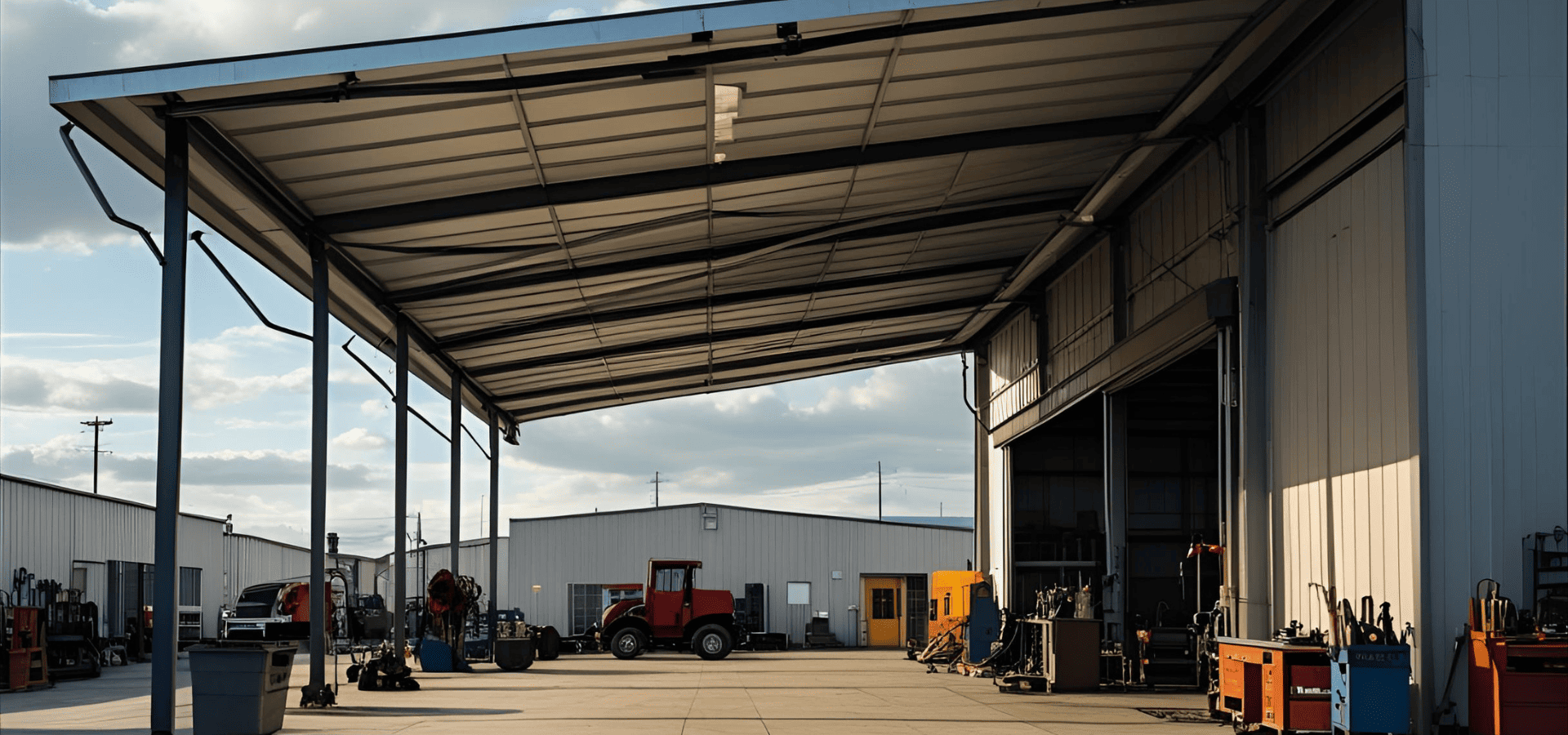
Next up comes sizing. One of the biggest mistakes shoppers make is treating an industrial awning like a run-of-the-mill garden shade.
You’ll need to think structurally. Or better yet, bring in someone who does. I would advise bringing in a professional for a site assessment.
If any contractor quotes you blind, it’s a no-go. Instead, you want a pro who assesses…
- The mounting surface and its structural condition
- Local wind patterns and the site’s weather exposure
- Drainage and water runoff dynamics
- The access clearance for foot or vehicle traffic
Plus, an awning must meet relevant building codes. Above all, this is for load ratings and weather conditions, especially in high-wind, high-traffic, or coastal zones.
So things like wind patterns, snow load thresholds, and fire risks will affect the design of your awning. Let the pros handle this stuff: it’s finicky business. And if you ignore these parts of the process, you risk a very expensive problem. Or worse, a dangerous one.
Permits And Regulations
Permits are almost always going to be required for commercial awnings.
If your awning:
- Extends over public walkways
- Is listed or heritage-zoned
- Has signage or lighting as part of the design
- Or the projection exceeds 2 metres
You’ll probably need a permit. You’ll also need to consider building regulations (for structural safety) and health and safety codes (for fire and obstruction risks).
Even if you think you’re in the clear, make sure you check with your local authority! The fine for non-compliance later down the line is rarely worth the shortcut now. (And “I didn’t know”, sadly, doesn’t dodge the fine.)
To be 100% safe, consider engaging a certified Singapore awning contractor like Uni Shades. We've been installing awnings since 2013, so we're very familiar with Singapore's awning regulations, and we'll ensure your awning installation complies with all rules and guidelines.
Branding And Aesthetic Integration
But “industrial” doesn’t have to mean unattractive. Think about your awning’s (and your business’s) branding.
Plenty of companies now treat awnings as design features, reinforcing branding elements or simply breaking up stark architecture. A little bit of care here can go a long way in uplifting the vibe and memorability of your business.
Popular custom touches for industrial awnings include:
- Logo prints or bold colours
- LED lighting
- Matching designs across entry points
- And styles that complement the building’s look
For retail? Make a statement.
For warehousing? Keep it crisp.
Either way, your awning should belong in the space, not look like an afterthought.
Conclusion: Maintenance, Replacements, And Keeping It Functional
To wrap up, let’s talk about maintaining the lifespan of your fresh new swinging installation!
Awnings live outside. That means they’re exposed to weather, grime, and time. If you want an awning that lasts and lasts while looking good, a bit of maintenance goes a long way.
Here’s what you need to do to maintain an industrial awning:
- Inspect fixings and supports twice a year
- Clean fabrics with mild soap and soft brushes
- Remove leaves, debris, and bird mess
- Watch for sagging or pooling
- Lubricate joints on retractables
- Test motors and sensors regularly
This will keep your installation in good nick.
Overall, a well-maintained awning typically lasts 10–15 years, but signs of decline can show earlier. Keep vigilant to the signs:
- Cracking or faded fabric
- Persistent sag or pooling
- Loose brackets or fixings
- Rust, warping, or other structural fatigue
And remember that an aged awning is as much a safety issue as it is a visual one. Or sometimes, it’s not damage — it’s just growth. If your operation’s scaled up or rebranded, the awning from ten years ago might not be pulling its weight anymore.
Because that’s the bottom line of industrial awnings! They may not get the glory, but they’re the silent and steady cornerstones of rock-solid business infrastructure.
They shield, shade, they streamline — all while reinforcing how a business looks and operates. When chosen well, industrial awnings pay for themselves.
So don’t rush it. Get the sizing right. Nail the materials. Talk to someone who knows their stuff. Because the only thing worse than no awning…
Is one that folds when you need it most.
